#Historic England
Text

A historic gold pendant and chain, believed to be associated with Henry VIII and Katherine of Aragon, has been revealed by the British Museum.
The artifact, made of gold and adorned with red and white enamel, was discovered by a metal-detectorist in Warwickshire and reported to the local Finds Liaison Officer of the Portable Antiquities Scheme, who then informed Historic England.
An archaeological excavation was conducted at the site to gather more information about the item and its location, reports Historic England .
Duncan Wilson, Chief Executive of Historic England noted:


A Symbol of Henry’s First Love
Henry VIII was the king of England from 1509 until his death in 1547.
He was well known for his six marriages and his role in the English Reformation, which led to the Church of England breaking away from the authority of the Pope.
Katherine of Aragon was Henry's first wife and was a Spanish princess who was highly respected by the English people.
The couple were married for over 20 years, but their marriage was annulled by the Pope, leading to a long-standing political and religious crisis that ultimately resulted in England breaking away from the Roman Catholic Church .
The pendant, which is heart-shaped and attached to a 75-link gold chain via an enameled “hand,” is thought to date back to the early 16th century, between 1509 and 1533, with the most likely date being around 1521.
The front of the pendant features the red and white Tudor rose symbol, intertwined with a pomegranate bush, which were the symbols of Henry and Katherine.
The back of the pendant features the letters H and K, for Henry and Katherine, in Lombardic script, linked by ribbon and featuring the legend "TOVS + IORS".

According to experts, the pendant may have been produced quickly for a special event, such as a joust, and could have been used as a prize or worn by those participating.
Its design is similar to the horse bards used at a joust in Greenwich in 1521.
Perhaps this was a trinket from a joust in which Henry himself participated.
He was known as a skilled jouster. However, in 1536, he was torn from his horse and injured, knocked unconscious for 2 hours.
The location of this event was unknown until just 2 years ago, when it was revealed to be Greenwich Palace.
Showcasing British Antiquities
The pendant is being showcased by the British Museum to mark the launch of two annual reports, the Treasure Annual Report for 2020 and the Portable Antiquities Scheme Annual Report for 2021.
The Portable Antiquities Scheme, which is funded by the British Museum and the Department for Digital, Culture, Media, and Sport, records archaeological finds made by the public to advance knowledge and increase public interest in history.
The reports show that 45,581 archaeological finds were recorded in 2021, including 1,085 Treasure cases, with 96% of these discoveries made by metal detectorists.
The counties with the highest number of PAS finds in 2021 were Gloucestershire, Suffolk, and Lincolnshire, with significant numbers also recorded in other counties such as Buckinghamshire, Hampshire, Kent, and Wiltshire.
The discovery of the Henry VIII and Katherine of Aragon pendant highlights the significant contribution that everyday people, who enjoy metal detecting as a hobby, can make to the field of archaeology.
By recording these finds, they are helping to deepen our understanding of Britain's rich and fascinating past.
#King Henry VIII#Katherine of Aragon#British Museum#Portable Antiquities Scheme#Historic England#Warwickshire#Treasure Annual Report for 2020#Portable Antiquities Scheme Annual Report for 2021#Tudor dynasty#House of Tudor#archaeology#British Royal Family
104 notes
·
View notes
Text
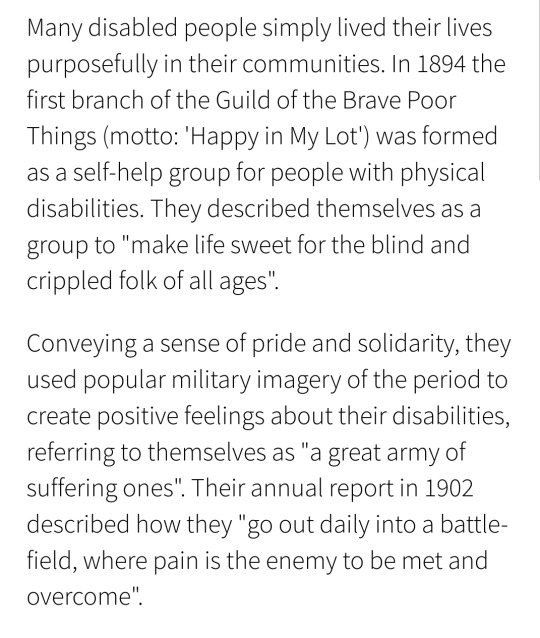
image ID in alt text
source
#cripplepunk#chronic illness#guild of the brave poor things#REPRESENT FUCKEN YEAH LETS GO#disabled history#disability history#historic england
147 notes
·
View notes
Photo
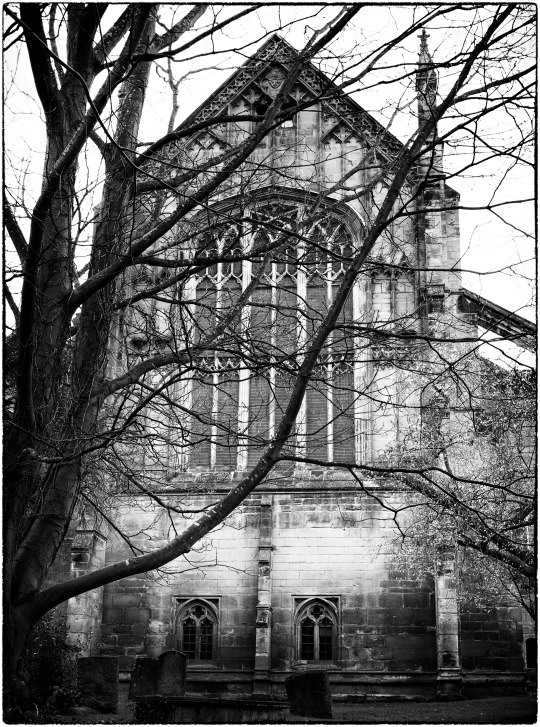
St Mary’s Collegiate Church
Warwick ~ 2022
#photographers on tumblr#original photographers#black and white photography#english churches#warwick#historic england
83 notes
·
View notes
Text







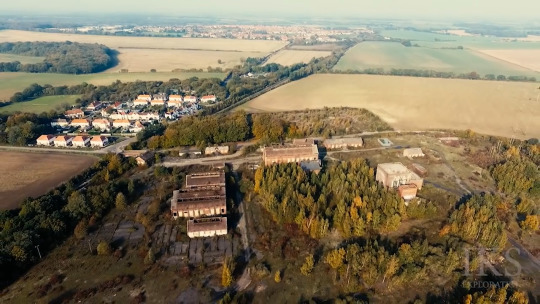
Redundant Industrial Heritage in Britain: Snowdown Colliery an adaptive re-use exercise.
The images of this post are part of my dissertation entitled as written above and is an attempt to conciliate between the hostile built heritage and the environmental reclamation. The political speech of a nation’s lost industry, is displaying a major conundrum regarding collieries and other mining sites. Yet prosperous businesses involving local communities are able to set aside the environmental stakes of post mining site management and ownership economic concerns and other challenging phenomenons peculiar to the British culture. The aim of the study is to expose the relevant paradigm with a real case scenario, to discuss its successes and failures and to set a model of adaptive re-use in coherence with the conservation strategies of modern derelict heritage in a challenging environmental setting. It is also our responsibility, as architects, to revisit and think adaptive re-use of industrial redundant sites and disadvantaged areas like British collieries.
#adaptive reuse#industrial heritage#C20#edwardian#early 1900s#collieries#coal mining#french mining exploration#sustainable architecture#architectural conservation#british heritage#english heritage#historic england#spab
2 notes
·
View notes
Text
Locals start campaign to have Burn Bullock pub rebuilt
English Heritage and Merton Council join calls for historic cricket pub to be rebuilt – just like the Crooked House in the Midlands. While in Croydon, there’s a second fire in nine months at another disused pub
Another day, another fire in an abandoned pub building.
Repeat performance: the fire at the Windmill pub on St James Road yesterday
While there seems little chance of any action being…

View On WordPress
#Burn Bullock#Croydon#Drum and Monkey#English Heritage#Historic England#LFB#London Fire Brigade#Merton Council#Metropolitan Police#Mitcham#Mitcham Cricket Green#St James&039; Road#Suspected arson#The Windmill
0 notes
Text
Diving for Pearls - Women in Shipbuilding
In 2021 I posted this image for International Women’s Day. I didn’t really have much information about the image other than this page on the Tesside Archives website.
Last week I saw an article about an exhibition called Women in Shipbuilding being held at the Common Room in Newcastle. The exhibition is part of a Historic England project to reveal the largely untold story of how, during the…
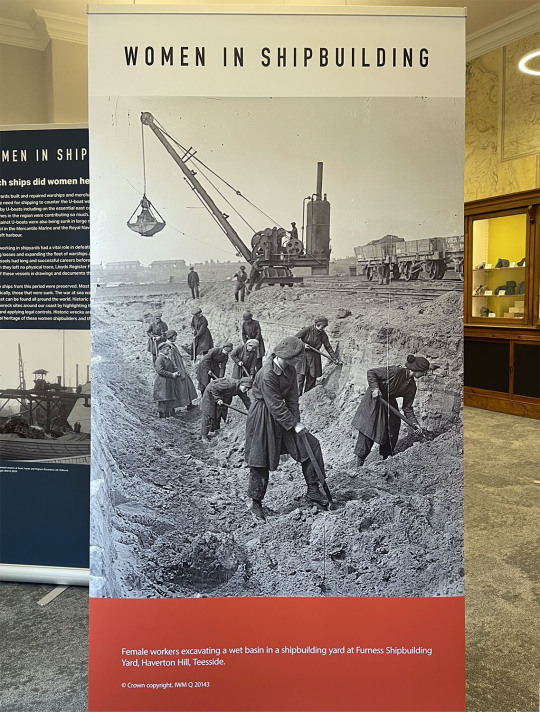
View On WordPress
#Haverton Hill Shipyard#Hidden History#Historic England#River Tees#River Tyne#Shipbuilding#Women&039;s History#WWI
0 notes
Video
youtube
Maiden Castle, Dorset. #castle #dorset #dorchester #ironage #hillfort #m...
#youtube#castle#iron age#hill fort#history#historic england#dorset#dorchester#maiden#maiden castle#travel#places to visit#places to go#mound#hill
0 notes
Text
people who don't study history will simply never understand the joy of reading historian beef. there's nothing like it
#when they're reviewing each other's work and they're just SHITTING ON IT????? wonderful#when you can tell the historian HATES whichever historical figure(s) they're writing about? incredible#one thing we must remember is that historians are just academic gossipers xx#what is JSTOR for if not to read the DRAMA#reading an absolutely SCATCHING rebuttal of an article on New England migration and honestly??? having a wonderful time#sometimes the history student just jumps out#history
3K notes
·
View notes
Text

Pelisse
1835-1840
United States or England
DeWitt Wallace Decorative Arts Museum (Object Number: 1996-273
#pelisse#fashion history#historical fashion#1830s#1840s#19th century#1835#1839#1840#united states#england#orange#purple#silk#velvet#romantic era#victorian#victorian fashion#dewitt wallace decorative arts museum
1K notes
·
View notes
Text
All my illustrations for David Tennant's magnificent Richard II.
Act One



(No Act Two because 1) it's very short, and 2) he's a complete and utter raging git in it XD)
Act Three







Act Four





Act Five


(Thought I'd throw them up all together because right now it's the art I'm proudest of😊)
#david tennant#richard ii of england#richard ii#shakespeare fanart#historical fiction#babyrubysoho art
682 notes
·
View notes
Text

I secretly enjoy Arthur as a woman and I'm making it your problem
Late 1880s ish i think but dont look too deep into it lol
#hetalia#hws england#myart#my art#historical hetalia#nyo england#nyotalia#even tho it isnt#but oh well#female england#its good to post smthn again#though ti might take a few weeks before i post again due to the hell that is college#arthur kirkland
919 notes
·
View notes
Photo

Daphne Du Maurier with her father, Sir Reginald Du Maurier, Hampstead, 1925
#1920s#roaring 20s#jazz age#history#daphne du maurier#historic#vintage#reginald du maurier#1925#photos#author#writer#novels#books#rebecca#jamaica inn#my cousin rachel#hampstead#england
993 notes
·
View notes
Text




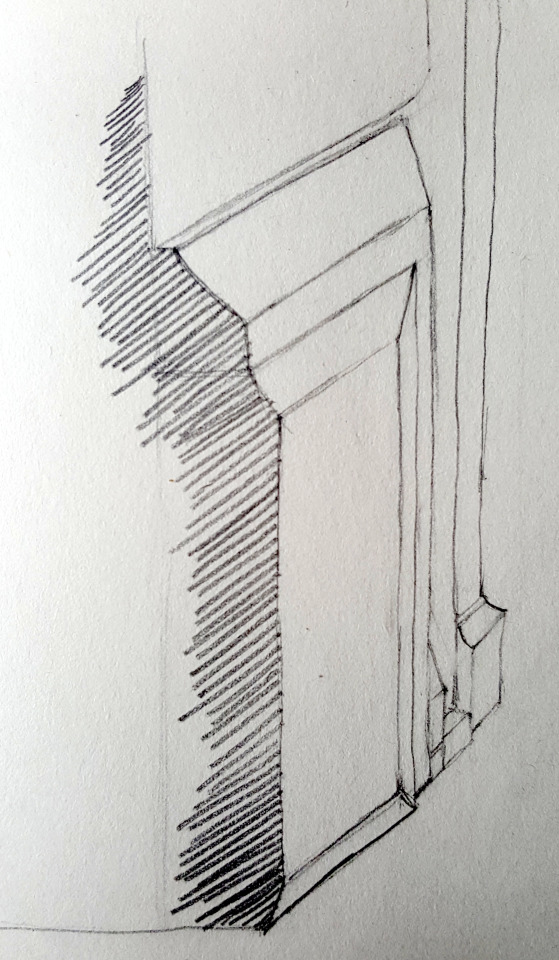




When I joined the MSc course of Architectural Conservation at the University of Kent, I didn’t know much about British heritage and practice. Driven by my passion for historic sites, I came to discover astonishing architectural styles and historic preservation practices and philosophies. The ‘Conservation Principles’ module confronted me with some tricky questions. Should a historic building be saved partially or totally? Why do we care about its preservation? When was the building destroyed and what has been lost? How should we preserve? I soon realized that answers based only on personal views and culture can be biased… Only by studying the cultural, geographical, socio-economic and political context of a historic building can we really understand its significance and proceed to restoration.
There are different attitudes to conservation. It was fascinating to compare philosophies as different as those of Violet le Duc, John Ruskin, Cesare Brandi, and Camillo Boito, as well as conservation charters such as those of Venice and Athens. In addition to conservation philosophy, the programme introduced us to historical societies, charities, trusts, funding bodies and community involvement regarding heritage. I realized that besides understanding the UK planning system, one should be familiar with the work of amenity societies and funding bodies. After all, successful historic preservation in the UK lies in the combination of a robust legislation with the work of societies such as the Society for the Protection of Ancient Buildings (SPAB) and the Victorian society, organizations such as English Heritage, and funding bodies such as the Heritage Lottery Fund.
After this initial focus on policies, laws and philosophies, it was time for action… I was very excited to hear that the Spring Term module ‘Intervention at Historic Sites’ (January through April) would be delivered in collaboration with the SPAB and would be based on the Society’s ‘Old House Project’, the preservation of St. Andrew’s Chapel, near Maidstone. Alas, I missed the first guided visit to the chapel. Visiting it a few days later with a classmate was one of most exciting moments of the programme. This was a unique chance to experience an unspoiled medieval building, which is very little known. Formerly part of the Cistercian Boxley Abbey, the chapel was converted into a dwelling in the 16th century. Abandoned for decades, the chapel is now in an advanced state of decay, but is not entirely derelict. Some of its features, such as the late-Gothic mullioned window, the Tudor chimneys, the post-dissolution half-timbered extension, and the early 20th-century fireplaces survive and reveal the complex history of the building.
Drawing the chapel, looking at its decay, retracing its history, and reflecting on repair methods was rewarding, and designing a proposal of adaptive reuse added to the pleasure… Here are some samples of my analysis of the decay of the chapel.
#architecture#architectural conservation#english heritage#spab#john ruskin#historic england#university of kent#british heritage#cistercian#boxley abbey#adaptive reuse#restoration
1 note
·
View note
Text
What lies beneath? Sowan legacy donated to leading libraries
A rich seam of information detailing what lies just a few inches beneath our feet as we travel around Croydon, London and wider afield around the country has been donated to two major libraries for researchers to… ahhh… dig into.
Going underground: Paul Sowan’s legacy library is being put to good use
The collection of more than 500 books about mining, minerals and underground infrastructure is…

View On WordPress
#Croydon Natural History and Scientific Society#Historic England#North of England Institute of Mining and Mechanical Engineers#Paul Sowan#Subterranea Britannica
0 notes
Photo


Launceston, Cornwall, England (by Lanstefan Foto)
2K notes
·
View notes
Text
Maybe the problem with Christian fiction is that it's non-denominational. People are just "Christian", with no effort put into showing what practicing that religion looks like for them specifically. No indication that there are other Christians who could have different beliefs. No wrestling with differing ideas and the struggle of how one should live out their Christian faith. And that makes it unrealistic and unrelatable.
#me reading any christian historical fiction set in england: why are none of these gentry anglican??#they ARE all anglican and if they are not it is extremely plot and character relevant you can't just have them using evangelical buzzwords#but i'm also thinking of this because i started another charlotte yonge book#that is by far my favorite of the things of hers that i've read#because it has characters who have different upbringings and religious opinions#instead of just 'here's a bunch of high church anglicans judging people who don't live up to their victorian standard'#you have the very high church anglican rector whose wife is worldly but still a very good person#the girl raised in a very strict protestant family who is more scrupulous than the anglicans but is still recognized as a good person#you have people who are trying to work out the nuances of different issues#and that makes it so much more realistic and so much easier to integrate into the story#(the politics though are hilarious)#(most of the classics that survive are the ones that were 'ahead of their time' in politics)#(so it's equally fascinating and refreshing and a bit infuriating to see one that is very very of its time with regards to women's rights)#('why did this woman get up at the meeting and explain her very good ideas for rebuilding after the fire? she should have had a man do it')#(meanwhile i'm just screaming 'why on earth SHOULDN'T she???')#(it's almost enough to make a feminist of me)
371 notes
·
View notes